Yugoslavia postage stamps year 1961 National village costumes MNH set
Yugoslavia’s rich cultural tapestry is vividly expressed through its national village costumes, which vary significantly across regions and ethnic groups. These traditional garments are not only functional but also serve as symbols of regional identity, social status, and cultural heritage.
Regional Variations:
- Serbia: Traditional Serbian attire often features the Šajkača, a distinct national hat, and opanci, traditional footwear common throughout the Balkans. The clothing is typically adorned with intricate embroidery and patterns unique to specific areas.
- Croatia: Croatian national costumes are characterized by their vibrant colors and detailed embroidery. Each region boasts its own distinct style, reflecting local traditions and influences.
- Bosnia and Herzegovina: Traditional dress in this region often includes long, flowing garments with rich embroidery, reflecting a blend of Slavic and Ottoman influences.
- Montenegro: Montenegrin costumes are known for their heavy materials and dark colors, often complemented by red accents and elaborate headwear.
Common Elements:
Despite regional differences, several elements are commonly found across Yugoslavian village costumes:
- Embroidery and Motifs: Geometric patterns and Turkish-influenced floral designs are prevalent, utilizing colours like bright red, white, violet, and metallic threads such as silver and gold. Symbols include triangles, zigzags, rhomboids, labyrinths, crescents, circles, stars, crosses, and stylized animal motifs.
- Materials: Garments are typically made from locally sourced materials, including wool, linen, and hemp, suitable for the regional climates and lifestyles.
- Accessories: Belts or sashes, leggings or stockings, and soft leather shoes often complement the outfits. Headwear varies by region, with some areas favoring scarves or caps.
Preservation and Cultural Significance:
These traditional costumes are more than mere clothing; they are a testament to the rich cultural history of the former Yugoslav republics. Today, they are proudly worn during cultural festivals, religious ceremonies, and national celebrations, serving as a vibrant reminder of the region’s diverse heritage.
For those interested in exploring these costumes further, the New York Public Library’s digital collections offer a selection of plates from “Narodne nošnje Jugoslavije,” showcasing illustrations of national costumes from different regions of the former Yugoslavia.
Additionally, collectors might find interest in the 1964 Yugoslavian postage stamps featuring national village costumes, which highlight the intricate designs and regional variations of these traditional garments.
These resources provide valuable insights into the artistry and cultural significance embedded in Yugoslavia’s national village costumes.

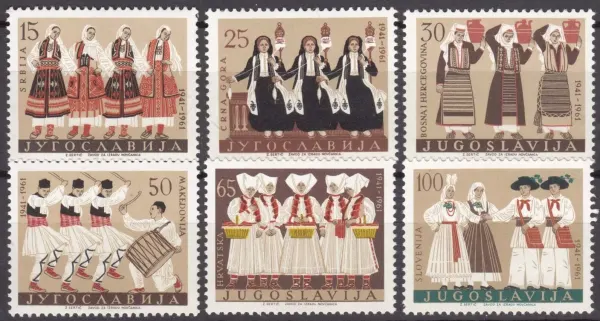
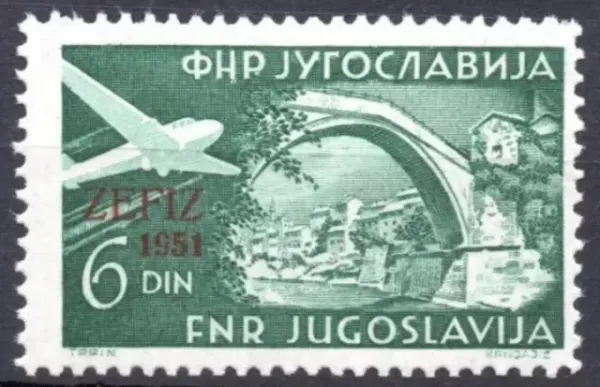
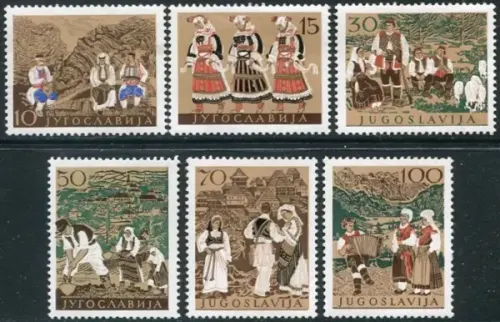
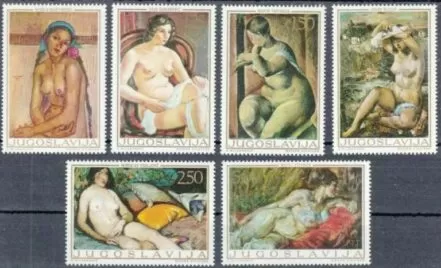
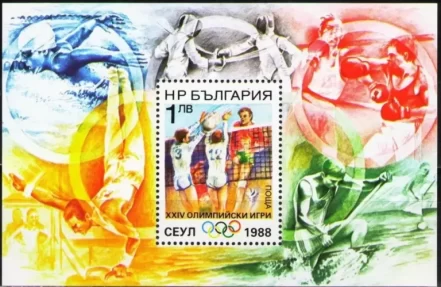

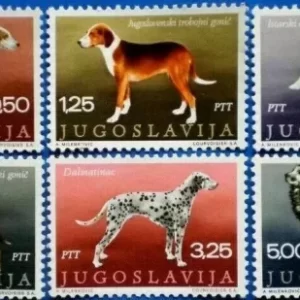
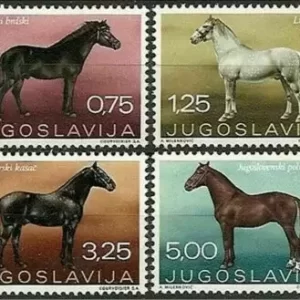
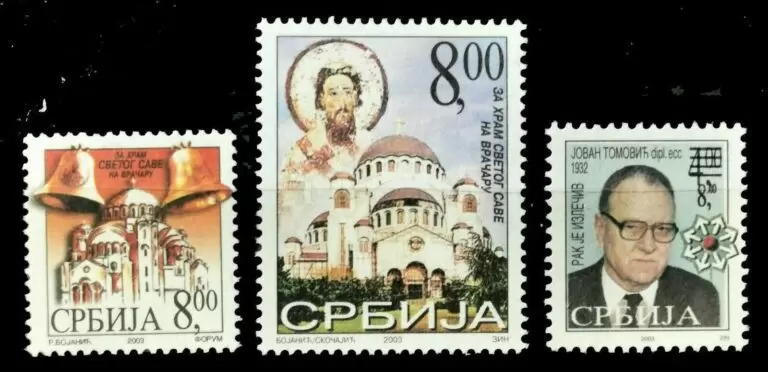


Reviews
There are no reviews yet.